|
Once you have a good understanding of your pattern, the next step is to cut it out of your chosen fabric. It sounds simple right? Although it follows very simple rules, cutting out your sewing pattern requires some specific steps to be followed in order to be done correctly. Making sure you are cutting with a steady hand and in a really clean line, especially around curves, will take some extra getting used to. If you want to learn how to sew properly, cutting your sewing patterns and marking them correctly will make it much easier as you dive deeper into various sewing techniques. So let’s begin with the correct layout of your sewing pattern on fabric: Selvage edge of fabric: It shows the direction of the fabric grain. The selvage edge displays the direction of the warp threads which run vertically in a fabric weave. Weft threads run perpendicular to the warp threads and are perpendicular to the selvage edge. The reason why most sewing patterns are cut parallel to the selvage edge is the fact that this direction offers the most strength and durability. If you want to convince yourself, take your fabric and stretch along the selvage edge, you will notice that it is almost impossible to stretch. Now, try pulling perpendicular to the selvage edge- you will find that the fabric offers somewhat of a stretch. All sewing patterns have a double pointed arrow located either vertically, horizontally or diagonally across the pattern. This is called the Grain line. The grain line will tell you how to place your sewing pattern on fabric for cutting, and it works in relationship with the selvage edge. A vertical grain line, or Lengthwise grain, is aligned parallel to the salvage edge. A horizontal grain line also called Crosswise grain, is aligned perpendicular to selvage edge. A diagonal grain line means the sewing pattern is aligned diagonally in relation to the selvage edge and is also called bias cut. This cut is more expensive because it uses more fabric, but it offers a beautiful drape and slight stretch thus increasing comfort. For the purpose of this training we will work with a vertical grain line also called Lengthwise grain. Step 1: Take your pattern and align it so that the grain line on the paper is parallel to the selvage edge of the fabric. To do this, use a ruler to measure from upper portion of the arrow to the selvage edge, note the measurement and put a pin through both paper and fabric on the grain line. Now, measure from a lower portion of the grain line on the paper pattern to the selvage edge moving the pattern around to make sure the measurement matches to the one above. Put a pin (through the paper and fabric) on the grain line at the lower point as well. Now you have your pattern perfectly aligned with the grain of the fabric (or selvage edge). Step 2: Pin the sewing pattern to the fabric on top of the seam allowance (between outer edge and stitch line). The reason you pin the pattern to the fabric along the seam allowance is so that the pins don’t leave a mark on the finished garment and so that the patterns stay flat against the fabric when it is cut along the edge. Distribute pins evenly along the edge of the pattern so that both sewing pattern and fabric remain evenly flat. Step 3: Using a sharp pair of scissors (preferably fabric scissors), begin cutting out the fabric following the edges of the sewing pattern very carefully. Cut in even, clean strokes. Your goal for the final fabric cut-out is to create an exact replica of your paper pattern. Take your time around the roundest parts of the sewing pattern such as the armholes and neckline, making sure the end result is a smooth curve. This is a universal pining and cutting method for all your patterns. Whether it’s the sewing pattern for a dress or a pair of pants, always pay attention to the direction of the grain line, pin evenly along the edge within the seam allowance, and cut carefully! Practice makes perfect! If you want to learn how to sew but are feeling overwhelmed by your choice in fabrics and buying supplies on your own, you can try the Learn to Sew Box and learn how to make a dress from start to finish using the patterns, fabric and supplies provided in the box. All you have to do is choose your size and your fabric. All supplies and most importantly the patterns are re-usable!
0 Comments
Leave a Reply. |
The Blog:A journey into our design process, sewing tutorials, fashion tips, and all the inspiring people and things we love. Doina AlexeiDesigner by trade and dressmaker at heart. I spend most of my days obsessing over new fabrics and daydreaming new ideas. Sadie
Executive Assistant & Client Relations Manager Archives
November 2019
Categories
All
|
-
Sewing Tutorials
-
Basics
>
- Aligning Pattern Grainlines To Fabric
- Preparing Fabrics For Sewing
- Pinning Sewing Patterns To Fabric
- Placing Sewing Patterns On Fabric For Cutting
- Rotary Cutters or Fabric Scissors?
- Cutting The Sewing Patterns
- What Are Notches And How To Use Them In The Sewing Process
- Transferring Notches From Pattern To Fabric
- Transferring Seamlines to Fabric
- Staystitching
- Backstitching: A Complete Guide
- Hand Basting: A Complete Guide
- Sewing Continuous Bias Binding
- Darts >
-
Sewing Seams
>
- The Basics Of Seams And Seam Allowance
- How To Sew A Straight Seam
- Sewing Curved Seams
- Sewing Corner Seams
- Trimming And Grading Seam Excess
- Notching/Clipping Seam Allowance for Tension Release
- Sewing Topstitched Seams
- Sewing Corded Seams
- Sewing A Slot Seam
- Sewing A Gathered Seam
- Sewing Bias Seams
- Sewing Seams With Ease
- Sewing Seams With Crossing Seamlines
- Sewing Unlike Fabric Seams
- How To Iron Seams: Ironing Tools And Conventions
- Sewing With Knit Fabrics
- Understanding Stitch Length And Tension
- Sewing Unique Fabric Seams
-
Seam Finishes
>
- Seam Finishing Techniques - Overview
- Applying A Pinked Seam Finish
- Applying A Bias Bound Seam Finish
- Serging And Zigzag Seam Finishes
- Sewing A Self-Bound Seam Finish
- Sewing A French Seam Finish
- Sewing A Hong Kong Seam Finish
- Sewing A Mock French Seam Finish
- Sewing A Turned-and-Stitched Seam Finish
- Sewing Overcast Hand-Applied Seam Finishes
- Sewing A Flat Felled Seam
- Sewing A Hairline Seam Finish
-
Hem Finishes
>
- Garment Hem Finishes: Overview
- Sewing A Double Fold Hem Finish
- Sewing A Single Fold Hem Finish
- Sewing Bound Hem Finishes
- Sewing An Exposed Double Layer Bound Hem
- Sewing A Folded-Up Bound Hem with Pre-folded Binding
- Sewing A Hong Kong Hem Finish
- Sewing A Band Hem Finish
- Sewing A Bias Faced Hem Finish
- Sewing A Twill Tape Hem Finish
- Sewing A Rolled Hem Finish
- Sewing A Shaped Hem Facing
- Using Fusible Hem Tape And Webbing
- Finishing A Lace Fabric Hem
- Finishing A Leather Hem
- Sewing Faced Hem Corners
- How To Finish Lining At The Hem
- Finishing Fabric Corners by Mitering >
- Interfacing A Hemline: Lined And Unlined Examples
-
Sewing Pockets
>
- Curved Patch Pocket With Flap
- Unlined Square Patch Pockets
- Lined Patch Pockets: Two Ways
- Extension On-Seam Pockets
- Separate On-Seam Pocket
- Front Hip Pockets
- Bound Double Welt Pocket
- Double Welt Pocket With Flap
- Self-Welt Pocket (Using Single Fabric Layer)
- Slanted Welt Pocket (Hand-Stitched)
- Faced Slash Pockets: Overview >
-
Sewing Zippers
>
- Sewing Zippers: General Information
- Sewing A Centered Zipper
- Sewing A Lapped Zipper
- Sewing An Invisible Zipper
- Sewing A Fly Front Zipper
- Sewing A Closed-End Exposed Zipper (No Seam)
- Sewing An Exposed Separating Zipper
- Sewing Hand Stitched Zipper Applications
- Sewing A Zipper Underlay
- Sewing A Placket-Enclosed Separating Zipper
- Sleeveless Finishes >
-
Neckline Finishes
>
- Sewing A Neck Shaped Facing
- Sewing An All-In-One Neck Facing
- Neck And Garment Opening Combination Facings >
- Sewing A Bias Faced Neckline Finish
- Sewing A Band Neckline Finish
- Bound Neckline Finishes: Overview >
- Sewing A Semi-Stretch Strip Band Neckline
- Ribbed Neck Band And Classic Turtleneck
- Decorative Neckline Finishes >
- Finishing Facing Edges >
-
Extras
>
- A Complete Guide on Interfacing
- Sewing Bound Spaghetti Straps
- Sewing Spaghetti Straps To A Faced Neckline
- Sewing Ruffles: Overview
- Patterning And Sewing A Circle Ruffle
- Sewing A Gathered Heading Ruffle
- Sewing Double Layer Gathered Ruffles
- Sewing A Gathered Ruffle Into A Seam
- Sewing A Gathered Ruffle To A Fabric Edge
- Sewing A Fabric Surface Slit
- Sewing A Slit Seam
- Hand-Applied Straight Stitches
- Hand-Applied Blind Stitches
- Hand-Applied Overedge Stitches
- Hand-Applied Tack Stitches
- Hand-Applied Decorative Stitches
-
Basics
>
- Custom Bridal
- Custom Apparel
- About
- Blog
Services |
Company |
|

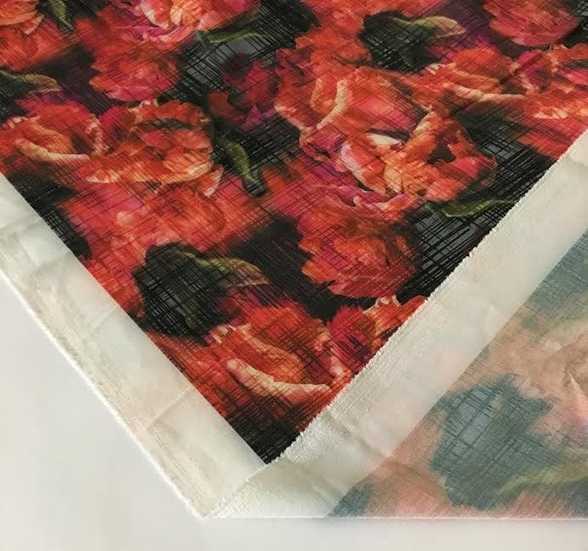
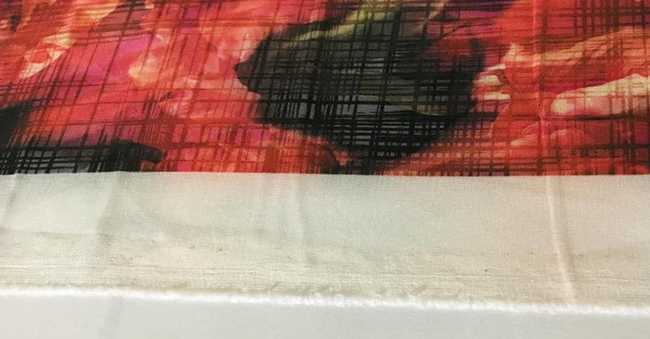
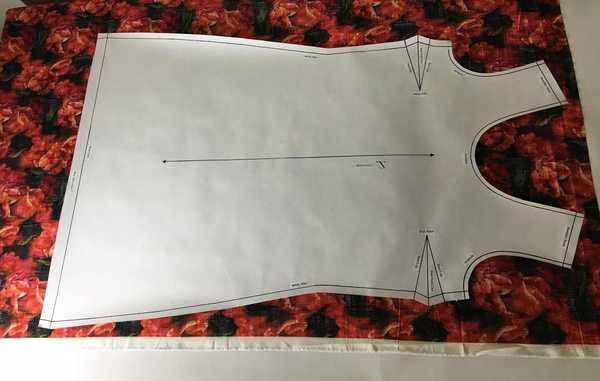
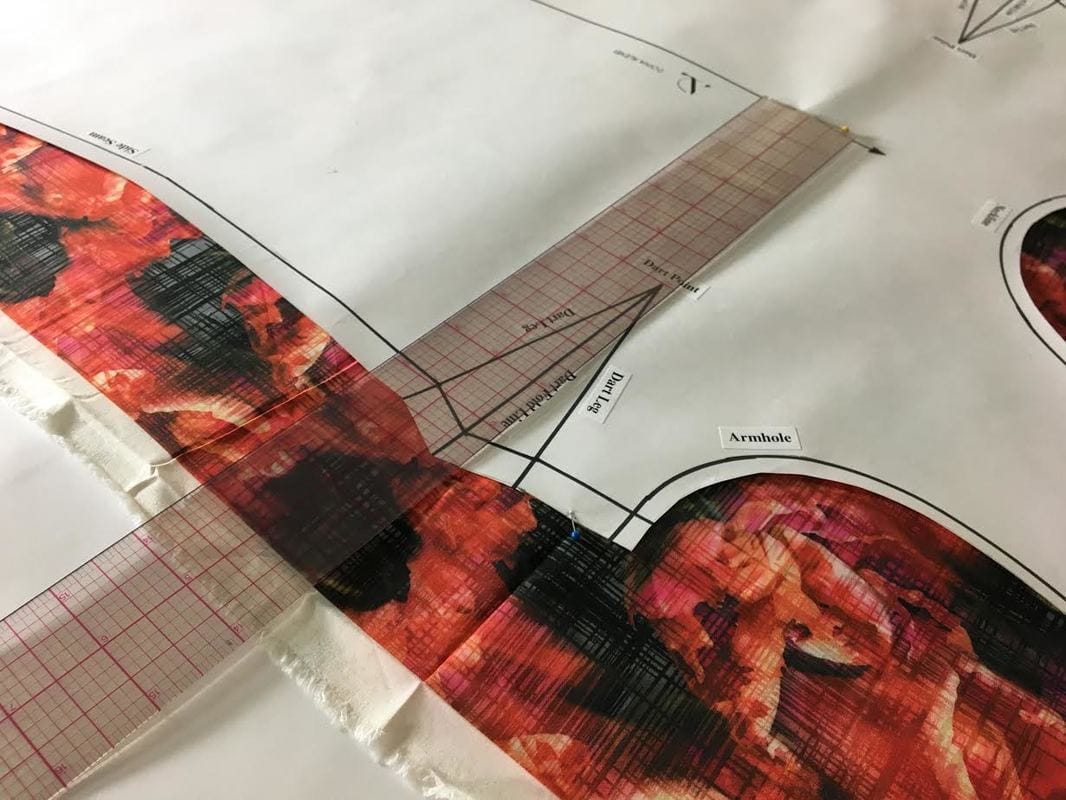
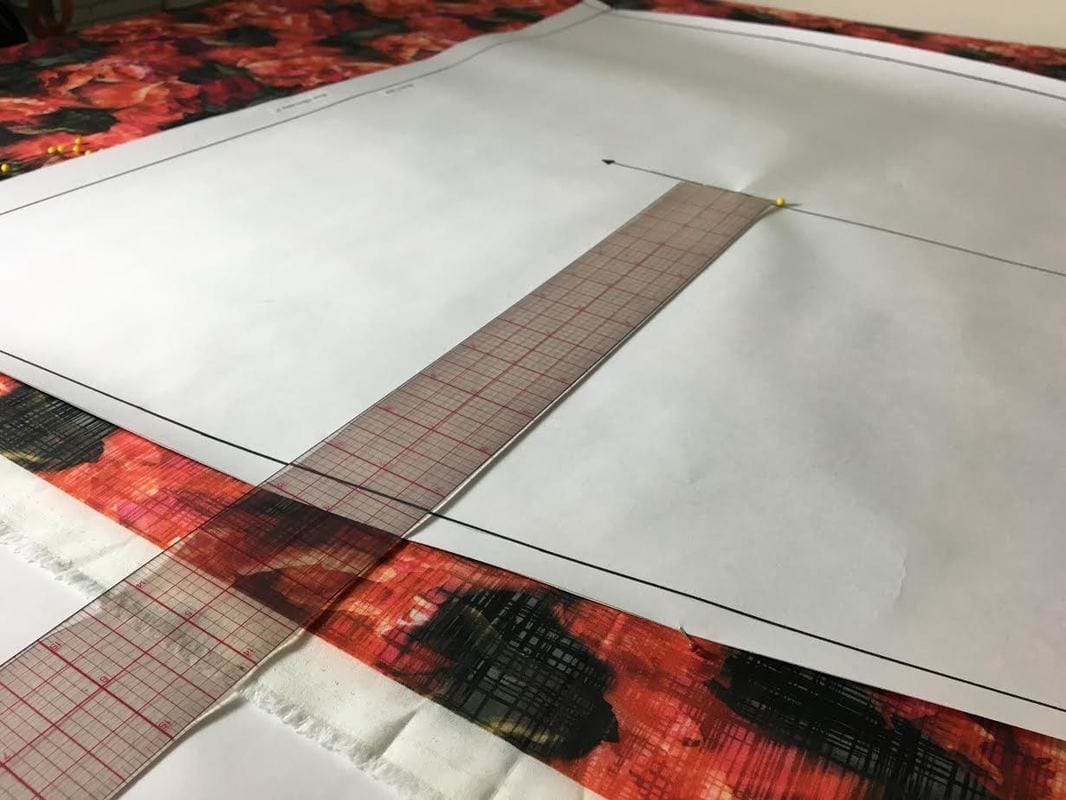
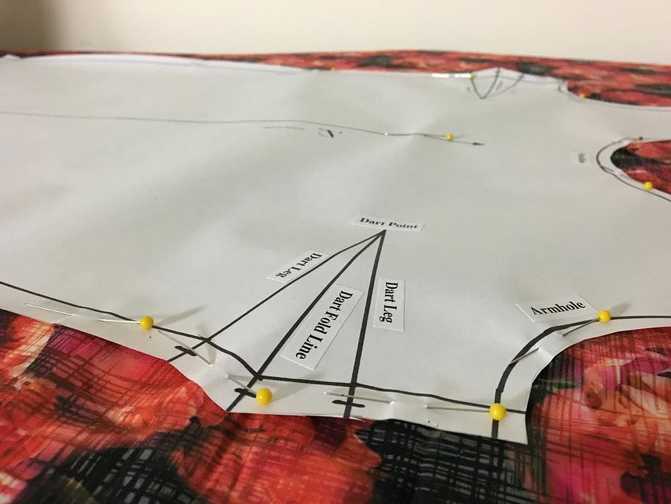
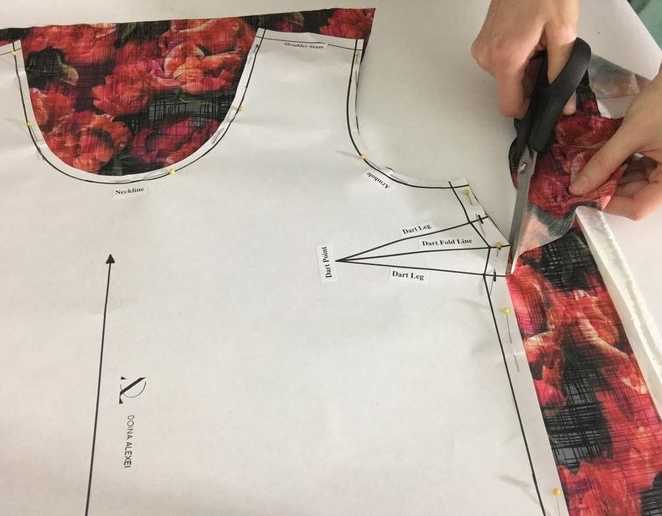



 RSS Feed
RSS Feed

